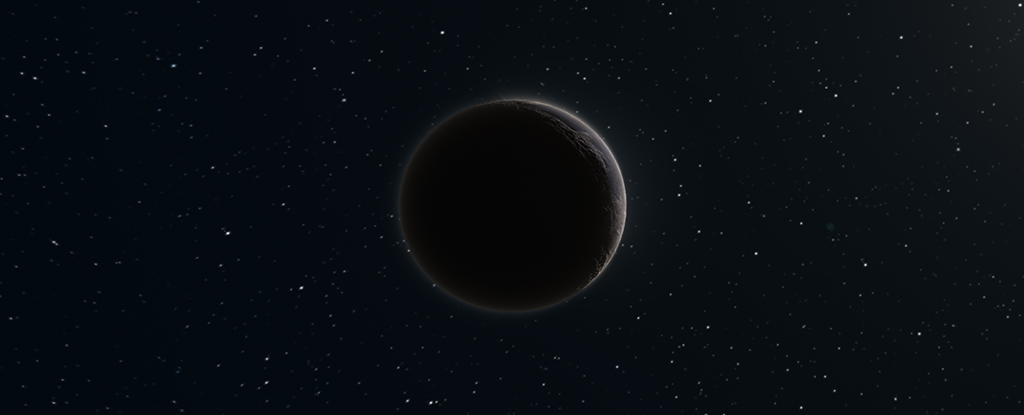The hunt for the elusive Planet Nine goes on, and new research claims to have the “strongest statistical evidence yet” that there is such a planet orbiting somewhere around the far edges of the Solar System.
That claim was made to Andrew Griffin at The Independent by astronomer Konstantin Bogytin from the California Institute of Technology (Caltech). Bogytin has been responsible for many of the previous studies trying to prove the existence of the ninth planet.
In this latest piece of research, Bogytin and his colleagues tracked the movement of Trans-Neptunian Objects or TNOs: variously sized celestial bodies beyond Neptune’s orbit, which include dwarf planets like Pluto and Eris.
Specifically, the team analyzed TNOs that have previously been overlooked because of their unstable movements, caused by the gravity of Neptune. This instability makes their paths harder to interpret, but the researchers wanted to take on the challenge.
This data was plugged into simulations and combined with known forces from other planets, passing stars, and the galactic tide coming from the Milky Way – the push and pull of the galaxy itself.
Two sets of simulations were run, one assuming Planet Nine was where astronomers think it might be, and one assuming Planet Nine doesn’t exist.
“Accounting for observational biases, our results reveal that the orbital architecture of this group of objects aligns closely with the predictions of the P9-inclusive model,” write the researchers in their paper.
In contrast, the movements of these rogue TNOs would be very unlikely in a scenario where there is no Planet Nine. For the time being anyway, the planet’s presence seems the best way to fit the observations we’re recording from space.
At the same time, the researchers admit that they’re still a long way short of getting conclusive proof that Planet Nine is out there. Previous attempts to detect it by looking at its hypothetical effects on the rest of the Solar System have so far come up short.
As more powerful telescopes come online – including the Vera C. Rubin Observatory in Chile, as mentioned by the research team – it means the Planet Nine issue has a better chance of being resolved one way or the other.
The researchers say they’re excited to see what future studies bring – and note that many of the estimates and assumptions included in this analysis can be rigorously tested once we have higher-resolution pictures of deep space available.
Bear in mind, based on the team’s calculations, a planet matching Planet Nine’s expected characteristics would still be relatively small, with a mass just five times that of Earth, and a distance of some 500 times that of our own distance from the Sun.
Given Pluto is only 40 times the distance, catching sight of it would be all but impossible, meaning we’re currently needing to rely on simulations of bodies we can detect to reveal its presence.
“As importantly as the comparison with existing observations, the results presented herein offer a set of readily-falsifiable predictions, with near-term prospects for resolution,” write the researchers.
The research has been accepted for publication in the Astrophysical Journal Letters, and can be read on the preprint server arXiv.





